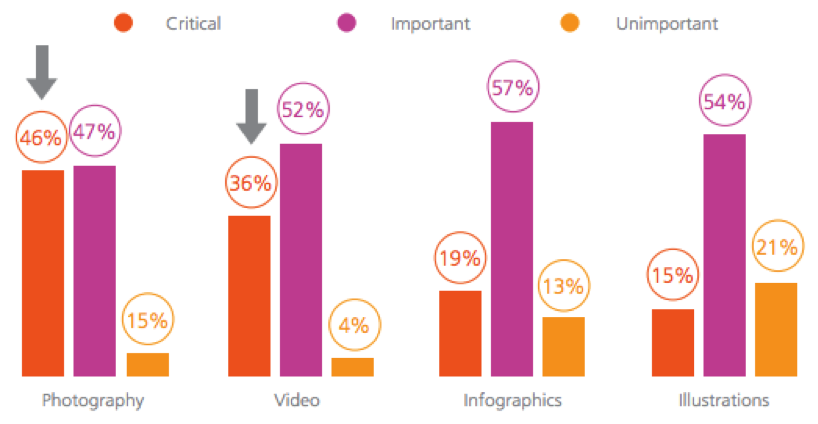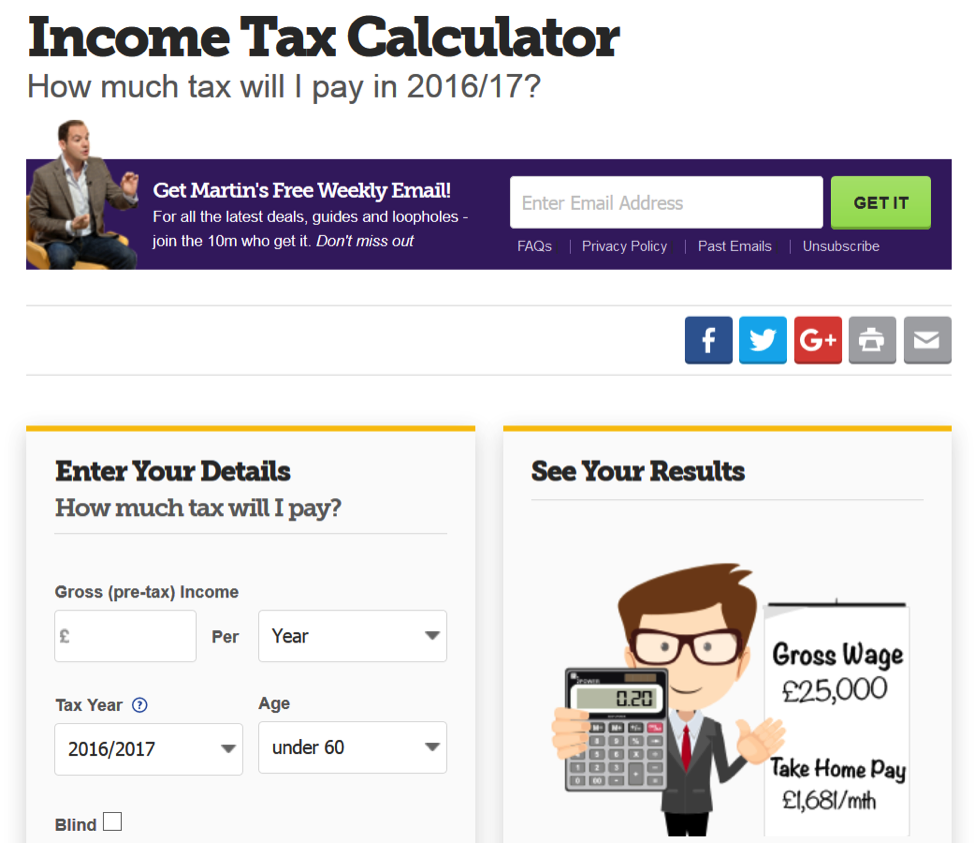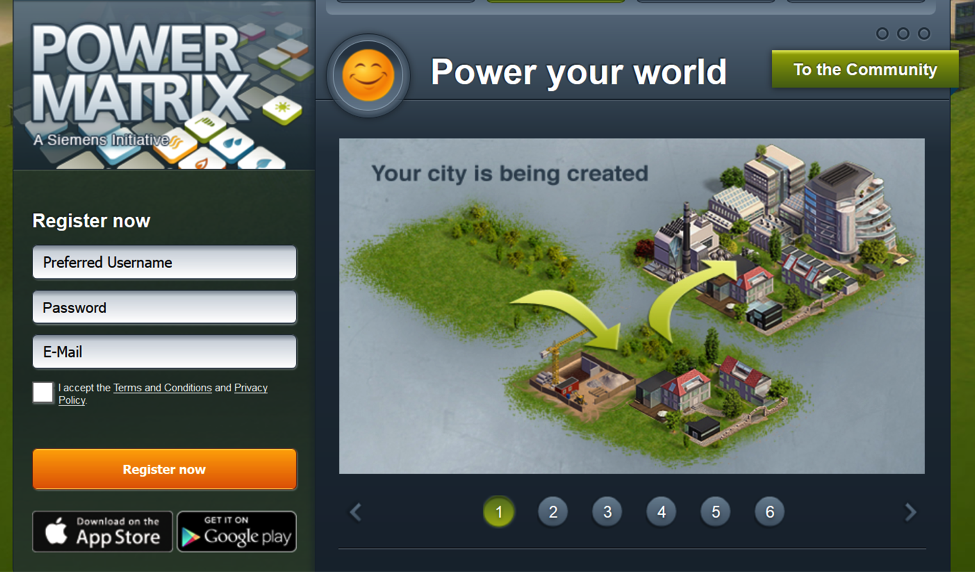Interactive content is one of the biggest, hot, upcoming methods of content marketing.
- Creating something unique that customers can personalize to get direct feedback from has a lot of potential for helping your business to reach new audiences.
But how to succeed with interactive content? Here’s a breakdown of what your content should be doing, and what kinds of content will help you to achieve these needs:
Key Types of Interactive Content
There aren’t any concrete rules when it comes to what works for interactive content.
- Whatever content you can create that works well for your business is the best type to create.
That said, there are a few types of interactive content that come up more often than others, and when designing something unique, these vague categories are a good place to start.
These can include:
- Online quizzes
- Calculators
- Games
- Interactive videos
Each of these types of interactive content provide something unique, and can be useful for promoting your brand towards a different audience.
For that reason, it’s worth paying attention to what your target customers are looking for from their content in order to create tailored interactive experiences that meet their needs.
Let’s have a look at what the benefits of interactive content are, and how these different types of content can be used to produce specific effects on the minds of content consumers.
Why Use Interactive Content?
It’s not easy to create high quality interactive content.
- Producing something meaningful that audiences want to interact with can be a lot more expensive than generating traditional content.
- It often takes a lot more planning and preparation to make something that has any staying power beyond its first few clicks.
So why bother? What does interactive content do that other forms of content can’t?
There are three main circumstances where interactive content might be the best way to connect with your audience:
- If you’re looking to create something attention grabbing.
- If you’re trying to keep audiences looking at your content for longer.
- If you’re wanting to push your audience to take action more and engage with your content in a more meaningful way.
As these are three things that encourage sales and expand content reach, many marketers will likely find interactive content useful to their content marketing efforts as a whole.
Based on my own experiences using interactive content, here are a few ways it can provide these hooks, as well as how to go about luring in audiences:
Grabbing Attention
It’s already widely understood that multimedia content makes a big difference for how your audience responds to your website.
- The vast majority of marketers argue that multimedia content, such as videos, infographics, photos and illustrations, are either important, or critical, to their marketing efforts.
While there aren’t as many concrete statistics supporting interactive content, it’s safe to say that in terms of grabbing users’ attention, the more interactive content can be, the better.
When an audience is given the opportunity to play around and explore content rather than just passively consume it, the part of their brains that enjoy puzzle solving and analysis kick into gear.
- Audiences aren’t just being invited to receive a lecture: with interactive content, they can get involved themselves, generating excitement.
That said, how well your content is designed influences how well it’ll do at grabbing the attention of the user.
How to Make Attention-Grabbing Interactive Content
Interactive content isn’t always an easy sell for website visitors.
- If your content’s interactivity is difficult to explain, it can be hard to entice audiences on your site to give it a try in the first place.
- For this reason, if you’re looking to create something that will draw in crowds, it’s good to stick with familiar types of content so that people know what they’re getting, and will be drawn in by the excitement of these features.
Of the main types of interactive content that I’ve mentioned above, I’d recommend online quizzes and calculators in particular as a great way to grab attention.
- These methods are well understood by audiences.
They won’t hold attention for as long as other types of interactive content, but they can help to get people onto your site in the first place.
Online Quizzes
Probably the type of content that comes up most often when discussing interactive content, quizzes are a good staple of the genre because they work.
- Online audiences like learning about themselves, answering questions, and receiving feedback.
- Because quizzes are so popular, they can provide a lot of traffic for not much more work than a standard piece of content.
To see an example of a quiz in action, look no further than the entire section of Buzzfeed that’s devoted to this kind of interactive content.
- These quizzes are quick, fun, and typically pretty easy.
- Audiences love them because they’re a good diversion without being too challenging.
While there is an audience for more business-oriented quizzes (as opposed to the Ducktales-themed offerings from Buzzfeed), quizzes should always be kept relatively light.
- This means that even when you’re using a quiz for business purposes, the questions should be relatively simple and you shouldn’t look for any kind of deeper connection with the source material.
These kinds of quizzes draw in audiences. From there, you can introduce them to other pieces of content that’ll keep them on your site for longer.
Calculators
While quiz content can be fun, it doesn’t always give you a chance to show off the unique research and materials that you’ve developed.
For a more serious interactive tool that can be used in a similar way to quizzes, and for those audiences that will prefer smart research to more trivial forms of interactive content, I’d recommend calculators.
- These come in a variety of different styles for different needs.
- They’re designed to make life easier for their target audience, so that this audience will remember your brand as being a useful source of knowledge on a particular topic.
For an example of this, have a look at Money Saving Expert’s Income Tax Calculator.
- This is designed to help UK-based professionals work out how much tax they’ll pay based on a range of variables.
- It totals up the amount of tax and other bills to be paid per month (such as student loan payments) to give the user an accurate figure for how much money they’ll actually have in their pocket each month.
Tools like this are useful because they’re helpful and informative.
- While infographics and other forms of visual content might do a good job of breaking down tax brackets, it’s more difficult for individuals to work out how these numbers apply.
- Thus, interactive content makes the Money Saving Expert website appealing because it provides tailored resources for its users.
Interactive content can be further tailored to support users on various stages of their journey towards making a purchase.
When used correctly, they can keep audiences on the site for a lot longer than they might normally stick around for with traditional forms of content alone.
Holding Attention
Once you’ve got the attention of an internet audience, it’s important that you keep it.
- While quizzes and calculators are useful in drawing crowds in, they’re only useful to visitors for a short time, after which they’ll start looking for more content.
- For this reason, using more long-term forms of interactive content can help audiences to stay on your site for longer.
By keeping your audience busy for longer, you increase the chance that visitors to your site will respond to your calls to action, and will be more likely to make purchases.
How to Make Attention-Holding Interactive Content
Holding onto the attention of your audience can be achieved through a lot of different kinds of content.
- Anything that provides a longer period of usability, such as something which the user can experiment with and try different approaches to, is useful for keeping audiences happy for longer.
- While quizzes and calculators may offer this to a certain extent, they provide a final solution to the user’s inputs very quickly.
Good attention-holding content takes longer to dole out the final solution to the user’s responses and preferences, whether this comes from asking for a larger number of inputs, or by providing more detailed final answers.
A good example of this is interactive videos, which involve audiences watching lengthy movie clips while asking for input to keep the user occupied.
Interactive Videos
As you should already know, video is one of the best ways to keep audiences on your website.
- Audiences stay on websites longer when there’s video content to enjoy.
- Many potential customers prefer to get information from video compared with text sources.
Interactive video marries the benefits of video content with the viewer’s ability to determine the outcome of the narrative that they’re watching.
This can be useful for middle-of-the-funnel content which is designed to keep potential leads on your site longer, and to explain to them why your products are perfect for their needs.
Take a look, for example, at the Phillips Designed to Play series of videos which highlights the potential uses of its electric razor.
- A series of video clips lets users select the way the razor will be used by choosing what facial hair style the actor in the video should create.
- This gets viewers thinking about the possible options for the razor, should they buy it for themselves.
Often a viewer will click through the whole range of options to see every potential use of the product – this keeps them on the site for even longer and helps them to take in more information about the company’s services.
Teaching Participatory Behavior
One of the big things that interactive content can do to help your audience accept your business and its products is to teach the kind of behavior you’re expecting of your customers.
- Every call to action that you give invites a potential customer to take a helpful step towards making a purchase, whether it’s signing up for an email newsletter or following your company on social media.
- Often, encouraging audiences to take these actions can be a lot of effort, as people are naturally skeptical of businesses and their intentions.
With interactive content, though, users become slowly used to the idea of following instructions you give them.
- They slowly learn to click things that you tell them to, and begin developing a pattern of behavior that leads them towards following through on calls to action.
This way, while your potential customers might only be interacting with a simple bit of content, they’re already learning to take action with regards to your brand.
How to Make Engaging Interactive Content
The best kind of interactive content to encourage this kind of behavior is content that requires the audience to sit up and engage.
- This can include content that involves a lot of clicking, and anything that requires the user to think and act on their decisions.
For this reason, one of the most useful forms of interactive content for creating active behavior is online games.
Games
The beauty of games is that they combine a lot of the other elements of interactive content.
- They can draw in a big audience, because everyone enjoys a good game (check your Facebook’s Candy Crush notifications if you don’t believe me).
- They can keep users on your site for longer as they try out all the available options.
- They encourage free thought and active participation, helping to change behavioral patterns.
Surprisingly, games can work well even for the most business-oriented company.
For example, Siemens has produced a game called Power Matrix which encourages players to create their own simulated power station.
- The game gets players thinking about energy usage, which leads them naturally to considering Siemens’ role in energy.
- This helps tie the Siemens brand to innovations in energy technology within the minds of players.
When a game works well, it helps to create a positive image for your company and pushes customers towards making a sale.
Interactive content really does have the potential to fill in a lot of the gaps in your conversion funnel.
- Whether you’re looking to draw in a bigger audience, or get to existing site visitors to make purchasing decisions, it’s helpful to use various types of interactive content to aid them.
When these tools are used appropriately, they can make a massive difference to the effectiveness of your content marketing campaign.
How do you use interactive content? What are your favorite examples of content that gets people involved? Share your ideas in the comments section below:
Images: Wikimedia, Wikimedia, CMO Council, Buzzfeed, Money Saving Expert, Rapt Media, Siemens.










